Remember when cooking shows were actually about cooking, not manufactured drama and celebrity judges? Back in the day, we had genuine culinary masters who made even the most complex dishes look like child’s play from the comfort of our living rooms. Armed with their recipes and boundless confidence, many of us headed to our own kitchens, convinced we could recreate their magic—only to discover that what looked effortless on television was anything but simple in real life.
1. Julia Child
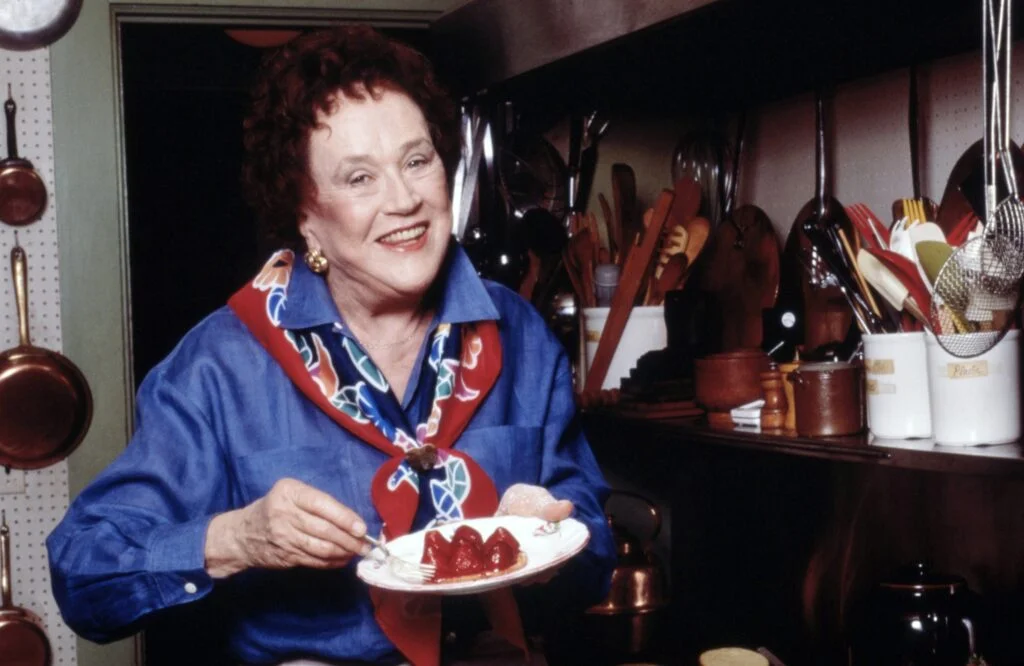
Julia Child didn’t just teach America to cook French cuisine; she made us believe we could actually pull it off in our own kitchens. Her towering presence and fearless approach to ingredients like duck fat and wine made coq au vin seem like something any ambitious home cook could master. When “Mastering the Art of French Cooking” hit shelves in 1961, countless dinner parties were planned around her elaborate recipes. Of course, Spyscape reminds readers, on top of everything else, she was also a spy, making everything she did even more awesome.
The reality, of course, was far messier than Julia’s confident television demonstrations suggested. Her beef bourguignon recipe called for what seemed like half the grocery store, and the timing required the precision of a Swiss watchmaker. Many of us learned the hard way that flambéing anything requires more skill than simply lighting a match near a pan of brandy.
2. Graham Kerr (The Galloping Gourmet)
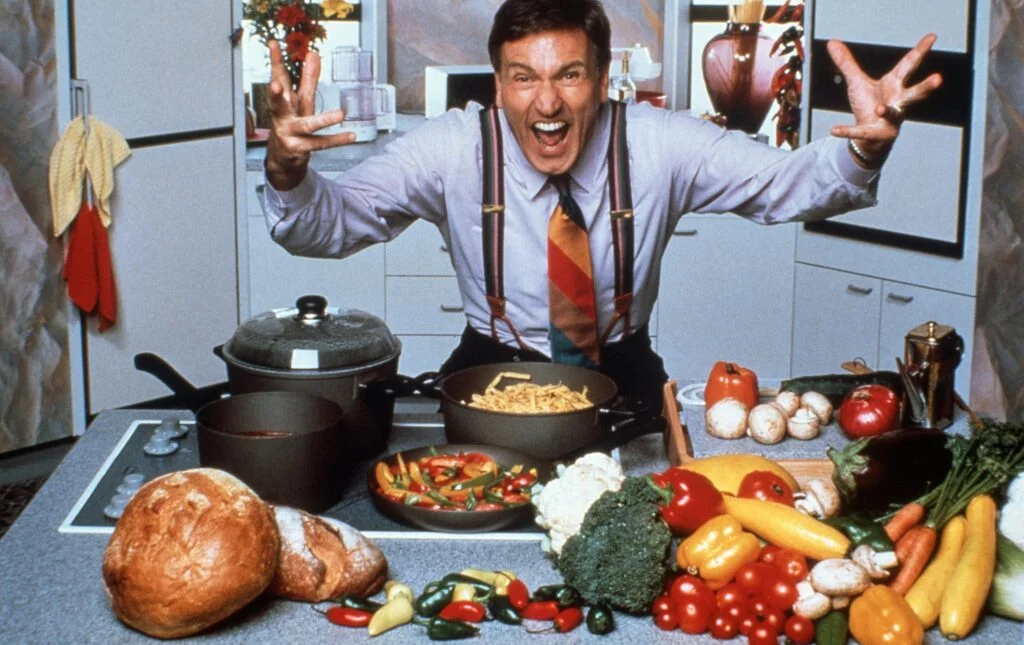
Graham Kerr burst onto American television screens in 1969 with his theatrical cooking style and that infectious laugh that made every recipe seem like a delightful adventure. He’d dash around his kitchen set, tossing ingredients with abandon and making elaborate dishes appear effortless. His catchphrase “May your souffle rise!” became part of dinner party vocabulary across the country. Taste Cooking calls Kerr the original Guy Fieri before Fieri drove us to Flavor Town.
What looked like casual fun on television translated to chaos in real kitchens nationwide. Kerr’s tendency to eyeball measurements and his rapid-fire cooking style left many home cooks scrambling to keep up. That perfectly timed souffle he made look so simple? Let’s just say more than a few of us learned that opening the oven door too early leads to deflated dreams and disappointed dinner guests.
3. James Beard
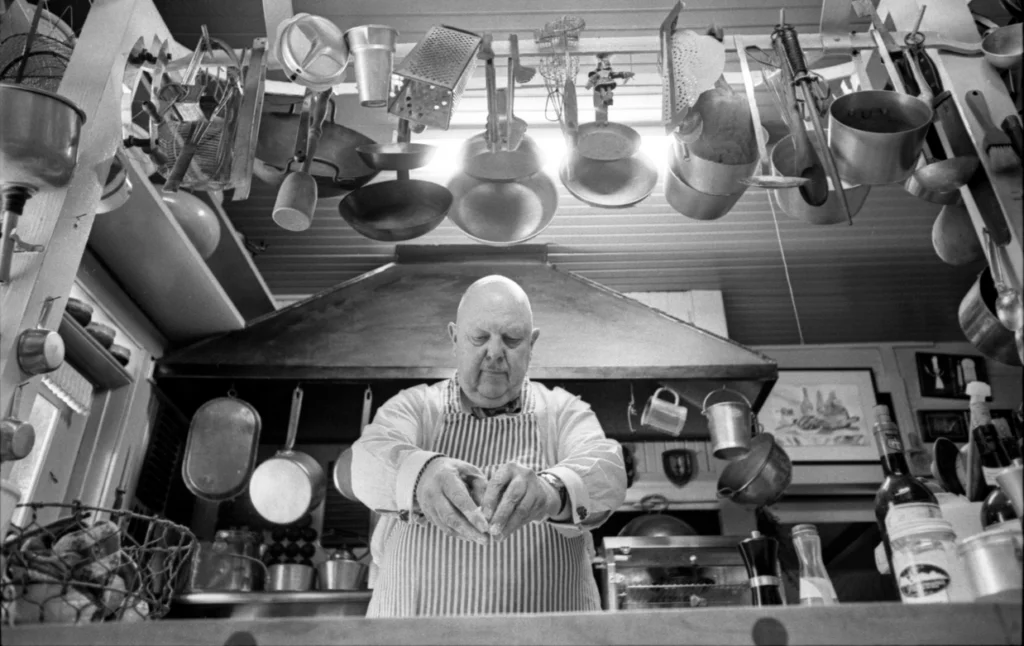
Long before food television became entertainment, James Beard was quietly revolutionizing American cooking through his books and television appearances starting in the 1940s. His encyclopedic knowledge of American cuisine and gentle teaching style made him the grandfather figure many aspiring cooks needed. Beard’s recipes felt achievable because he focused on good ingredients prepared simply, without unnecessary fuss or foreign techniques. PBS also shines a light on the personal struggles Beard dealt with in a society that was prejudiced against him.
Even with his straightforward approach, translating Beard’s expertise to home kitchens proved challenging for many enthusiastic followers. His seemingly simple roasted chicken required an understanding of timing and temperature that took years to master. Many of us discovered that “season to taste” meant developing a palate we didn’t yet possess, and his “simple” bread recipes taught us the humbling art of working with yeast.
4. Jeff Smith (The Frugal Gourmet)

Jeff Smith made cooking accessible to budget-conscious families while maintaining an air of sophistication that made every meal feel special. His PBS show, which ran from 1983 to 1997, demonstrated how ordinary ingredients could be transformed into extraordinary dishes without breaking the bank. Smith’s enthusiastic approach and historical anecdotes made cooking feel like both an adventure and a practical skill worth mastering.
Despite his emphasis on frugal cooking, Smith’s recipes often required techniques that weren’t quite as simple as they appeared on screen. His passion for authentic ethnic cuisines meant ingredients that weren’t always easy to find in suburban grocery stores. Many home cooks discovered that achieving his flavor profiles required a spice collection that rivaled a small restaurant, and his “quick” weeknight meals often took considerably longer than anticipated.
5. Martin Yan (Yan Can Cook)
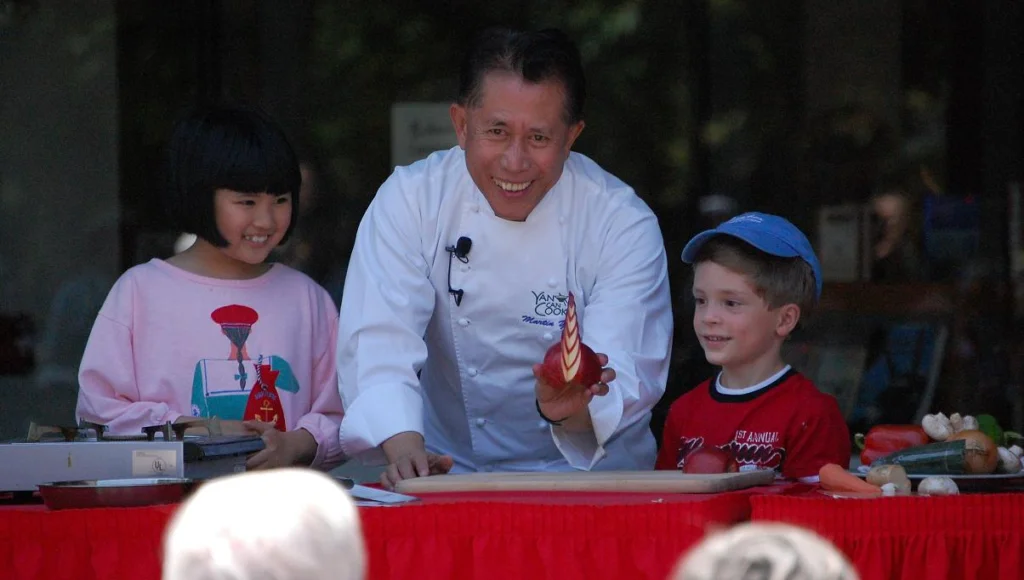
Martin Yan brought Chinese cooking to American kitchens with his lightning-fast knife skills and infectious energy starting in 1982. His motto “If Yan can cook, so can you!” inspired countless viewers to attempt stir-fries and dim sum in their own homes. Watching him debone a chicken in 18 seconds made Chinese cuisine seem not only accessible but actually fun to prepare.
The reality of recreating Yan’s dishes proved more challenging than his cheerful demeanor suggested. His wok techniques required a level of heat and timing that most home stoves simply couldn’t provide. Many enthusiastic students learned that proper stir-frying is more art than science, and that achieving the perfect balance of flavors in Chinese cooking takes years of practice, not just one television episode.
6. Craig Claiborne
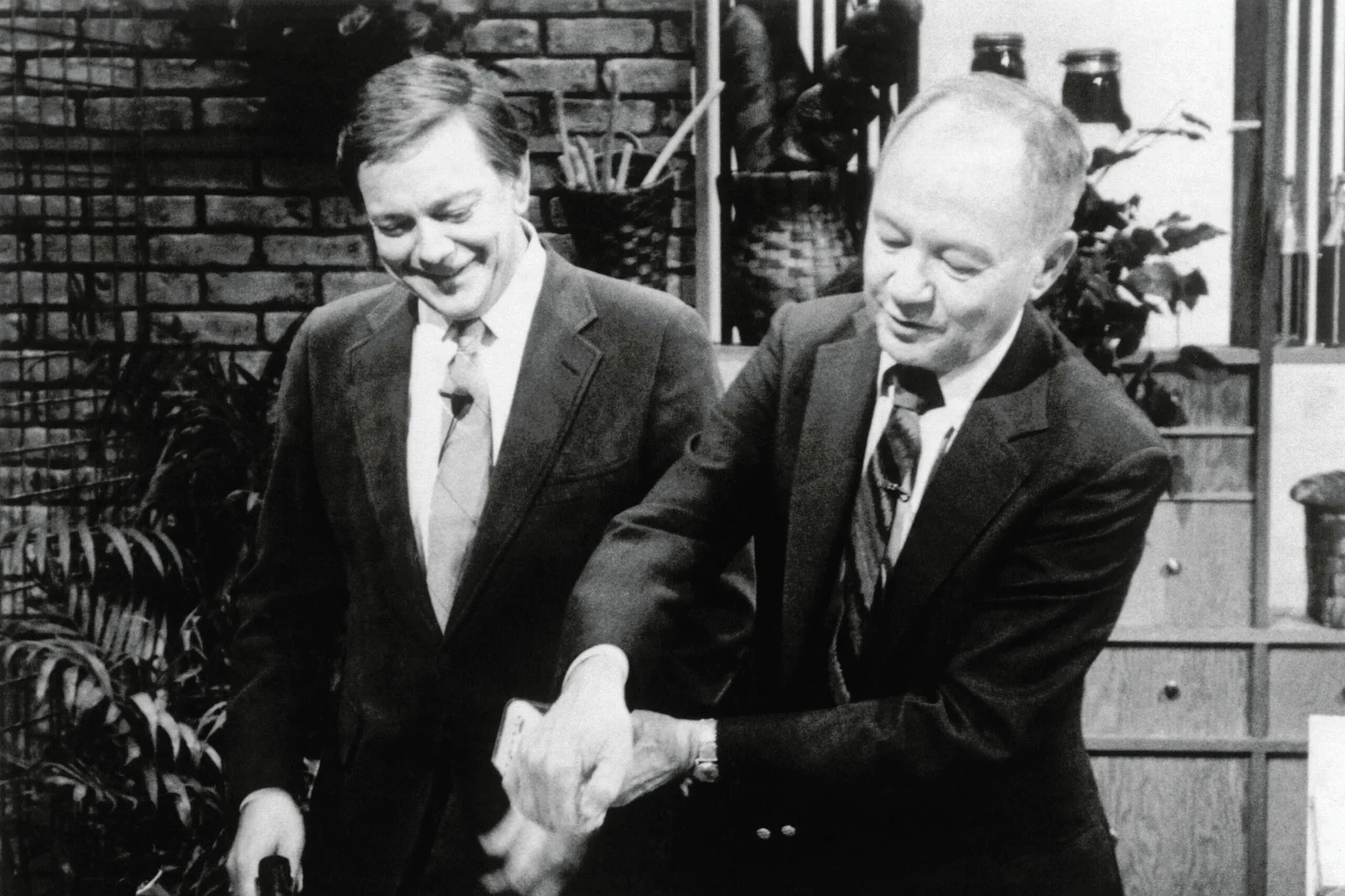
As food editor of The New York Times, Craig Claiborne brought sophisticated dining into American homes through his recipes and television appearances throughout the 1960s and 70s. His elegant approach to both American classics and international cuisine made fine dining seem achievable for the average home cook. Claiborne’s precise writing style and attention to detail gave confidence to cooks attempting restaurant-quality dishes at home.
However, Claiborne’s restaurant background meant his recipes often assumed a level of kitchen skill and equipment that many home cooks lacked. His timing was calibrated for professional kitchen conditions, not the average family stovetop. Many discovered that his “serves 6” actually meant “serves 4 very hungry people,” and his ingredient lists sometimes included items that required special trips to gourmet food stores.
7. Joyce Chen
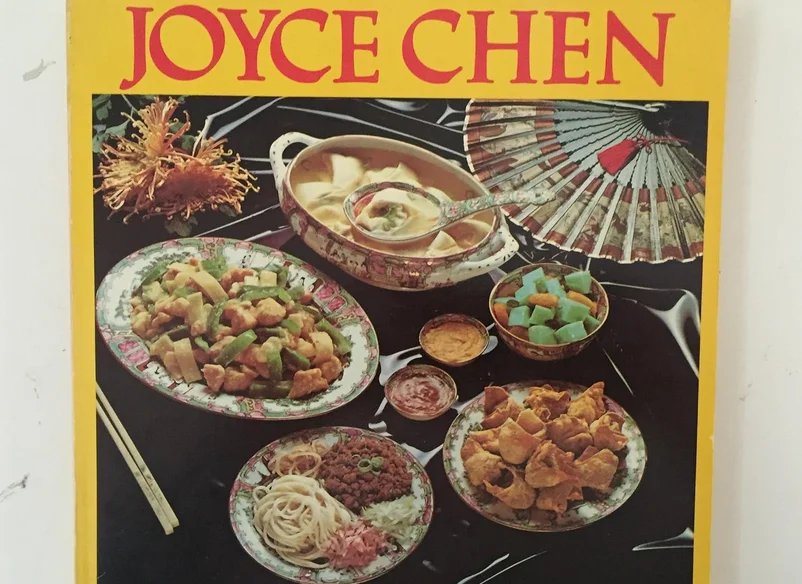
Joyce Chen introduced Americans to authentic Chinese cooking through her television shows and cookbook series starting in the 1960s. Her patient teaching style and emphasis on fresh ingredients made Chinese cuisine feel approachable rather than intimidating. Chen’s demonstrations of traditional techniques like proper dumpling folding made these skills seem learnable for anyone willing to practice.
What appeared simple under Chen’s expert guidance proved to require considerable finesse in home kitchens. Her dumpling-making demonstrations looked effortless, but achieving those perfect pleats took dozens of attempts for most students. Many cooks learned that the delicate balance of flavors in authentic Chinese cooking required understanding ingredients and techniques that couldn’t be mastered in a single cooking session.
8. Diana Kennedy
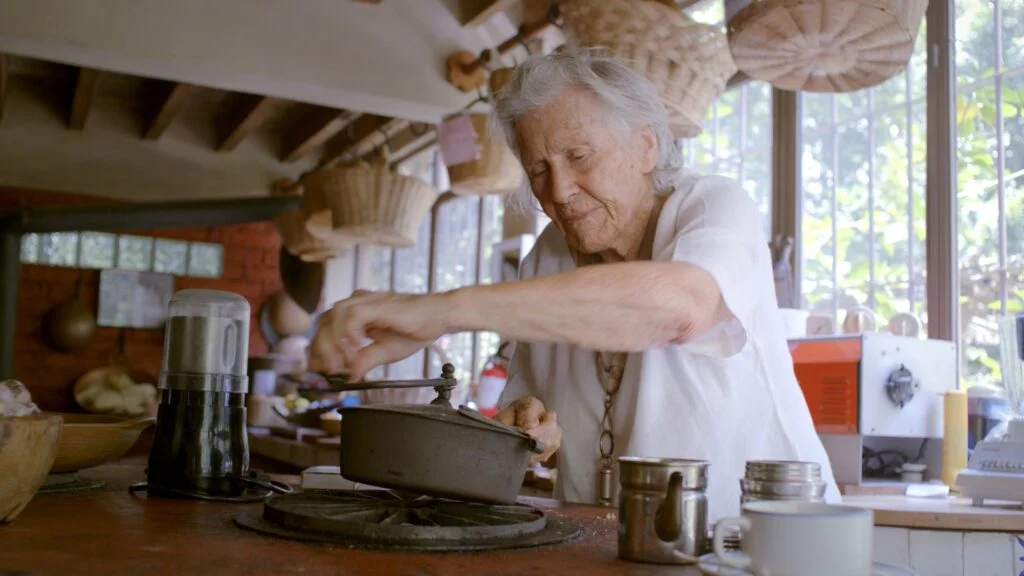
Diana Kennedy became America’s authority on authentic Mexican cuisine through her cookbooks and television appearances, bringing regional Mexican cooking to kitchens far from the border. Her insistence on traditional ingredients and methods elevated Mexican food beyond the Tex-Mex offerings most Americans knew. Kennedy’s passionate advocacy for authentic techniques inspired serious home cooks to seek out real Mexican ingredients and learn traditional preparation methods.
Kennedy’s commitment to authenticity meant her recipes often called for ingredients and equipment that weren’t readily available in most American kitchens. Her mole recipes required patience measured in hours, not minutes, and ingredients that sent many cooks on treasure hunts through specialty markets. Home cooks quickly learned that grinding spices by hand and working with dried chiles required skills that took considerable practice to develop.
9. Marcella Hazan
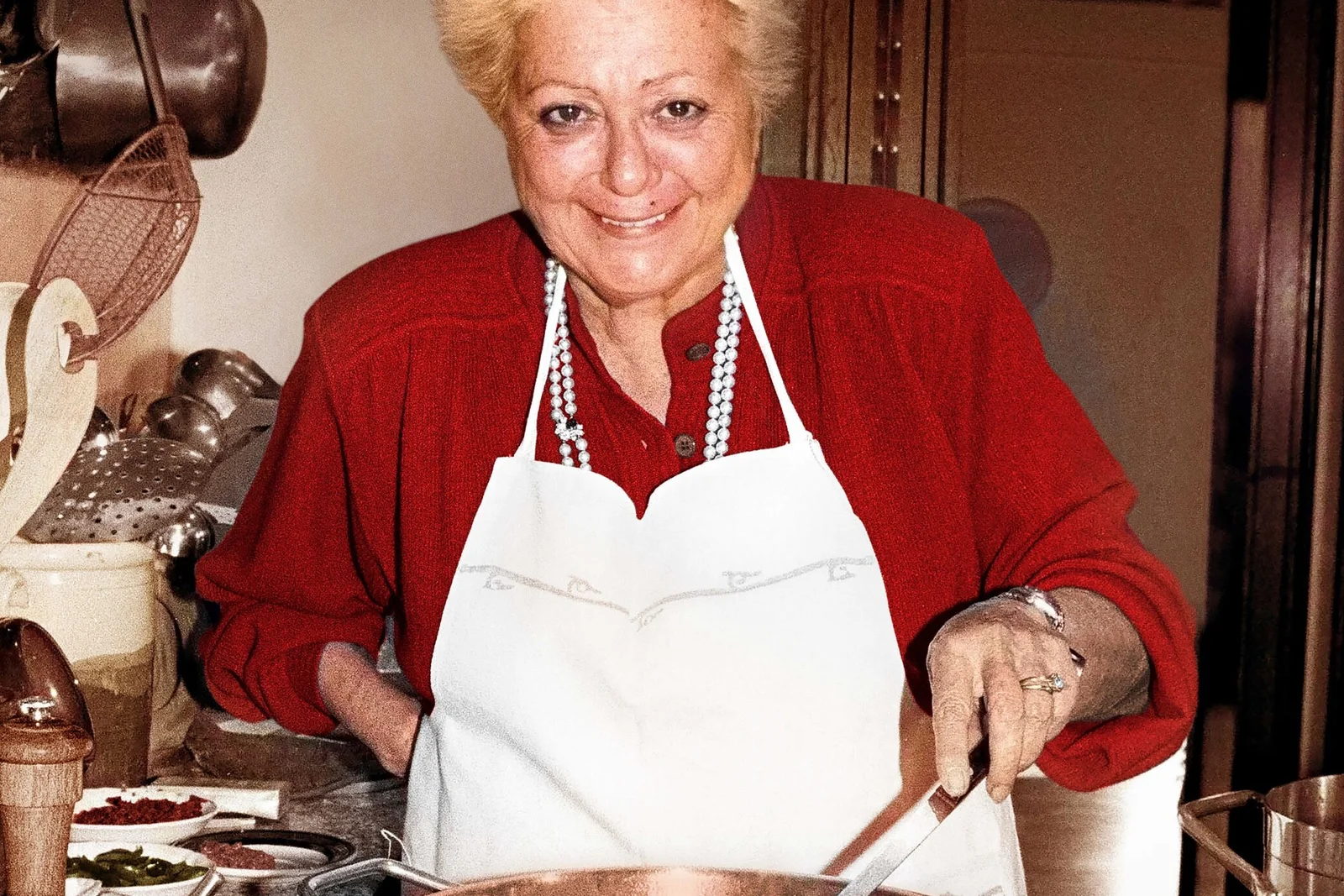
Marcella Hazan transformed how Americans understood Italian cooking through her cookbooks and cooking classes, emphasizing the simplicity and quality that defines authentic Italian cuisine. Her television appearances demonstrated that real Italian cooking relied on perfect ingredients prepared with respect rather than elaborate techniques. Hazan’s approach made Italian cooking seem both sophisticated and achievable for serious home cooks.
Despite her emphasis on simplicity, Hazan’s recipes demanded an understanding of ingredients and timing that proved challenging for many home cooks. Her famous tomato sauce with butter required the kind of ingredient quality and technique that couldn’t be faked with shortcuts. Many discovered that achieving her level of flavor required sourcing the best possible ingredients and developing a sensitivity to subtle cooking cues that took years to master.
10. Madhur Jaffrey
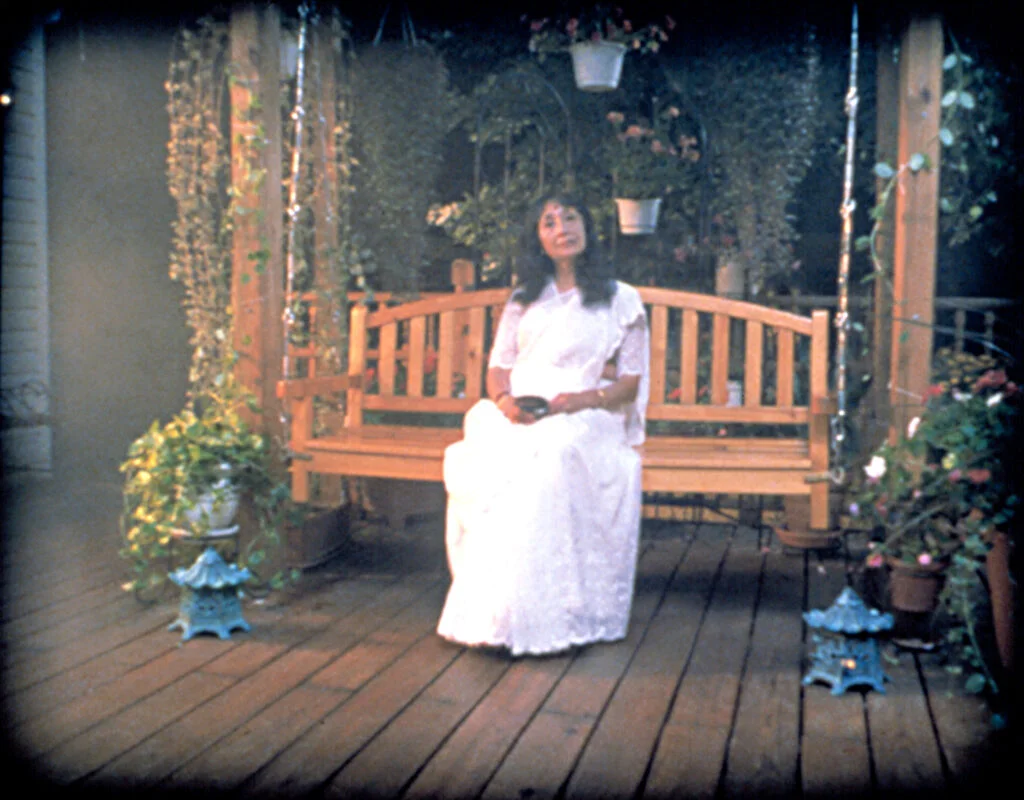
Madhur Jaffrey opened American kitchens to the complexity and beauty of Indian cuisine through her cookbooks and television work starting in the 1970s. Her elegant presentation and clear explanations made Indian spices and techniques seem approachable rather than mysterious. Jaffrey’s emphasis on regional differences and authentic preparation methods educated a generation of American cooks about the diversity of Indian cuisine.
However, Jaffrey’s authentic approach meant her recipes often required spice blends and techniques that challenged even experienced home cooks. Her instructions for tempering spices and building complex flavor layers demanded attention and timing that couldn’t be rushed. Many enthusiastic students learned that creating authentic Indian flavors required building a pantry of whole spices and mastering techniques that took considerable practice to perfect.
11. Justin Wilson
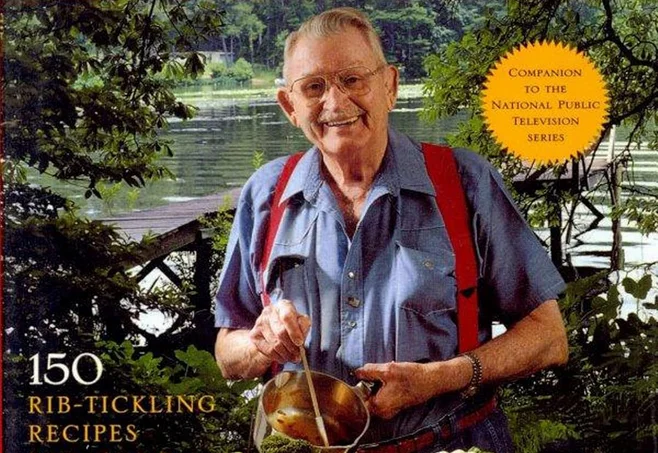
Justin Wilson brought Cajun cooking to national television with his distinctive Louisiana accent and entertaining storytelling style throughout the 1970s and 80s. His folksy approach and generous spirit made traditional Cajun dishes seem like something any home cook could master with the right attitude and ingredients. Wilson’s emphasis on cooking “with love” resonated with viewers who wanted to bring authentic Southern flavors to their own tables.
Wilson’s relaxed television style masked the complexity of true Cajun cooking, which relies on techniques passed down through generations. His roux-making looked effortless, but achieving that perfect brown color without burning required constant attention and experience. Many home cooks learned that Cajun seasoning is more art than science, and that creating authentic flavors required understanding the balance of the “holy trinity” and other regional ingredients that couldn’t be substituted.
12. Jacques Pépin

Jacques Pépin brought French culinary technique to American home kitchens with his patient teaching style and emphasis on fundamental skills starting in the 1980s. His demonstrations of knife work and classic preparations made professional techniques seem learnable for dedicated home cooks. Pépin’s gentle approach and encouraging manner inspired countless cooks to attempt dishes they might have considered beyond their abilities.
Even with Pépin’s excellent instruction, translating professional French techniques to home kitchens proved challenging for many students. His knife skills, developed over decades in professional kitchens, made complex preparations look deceptively simple. Home cooks quickly discovered that achieving his level of precision required practice measured in years, not hours, and that mastering fundamental French techniques was a lifelong journey rather than a weekend project.
Looking back, these culinary pioneers gave us more than just recipes—they gave us permission to dream big in our own kitchens, even if reality served up a few humbling lessons along the way. Sure, our attempts at beef Wellington might have resembled something closer to mystery meat wrapped in cardboard, and our soufflés fell faster than our confidence, but we kept trying. The smoke alarms that went off during our culinary adventures were just part of the learning process, and honestly, some of our best family stories came from those spectacular kitchen failures that somehow still tasted pretty darn good.


